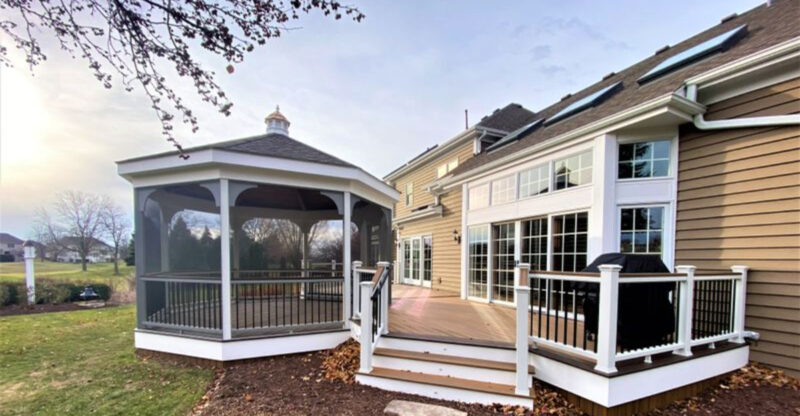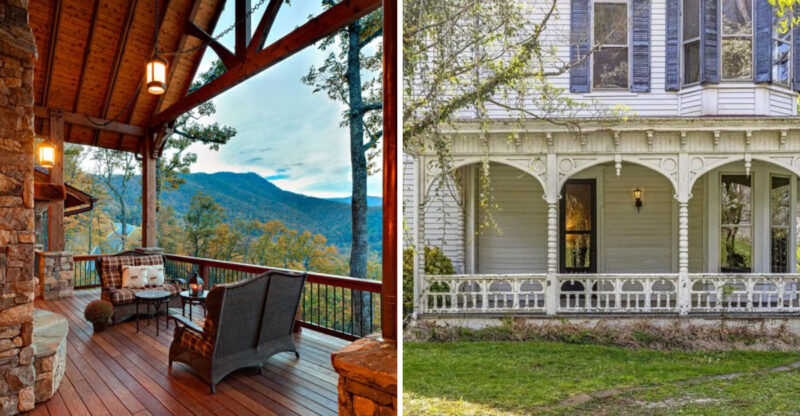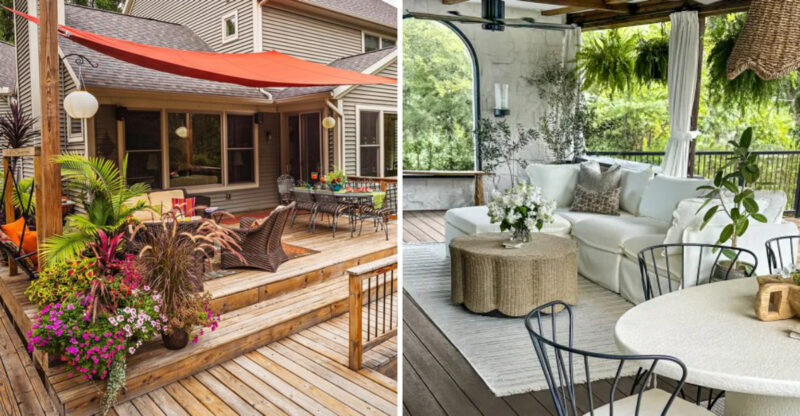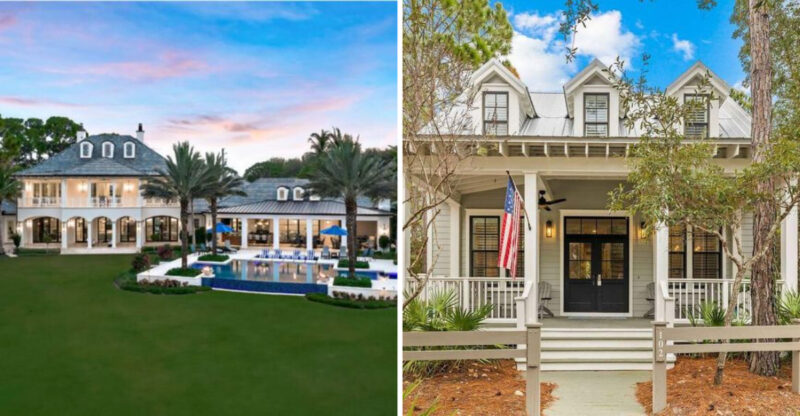Practical Ways You Can Add English Garden Style To Your Outdoor Space
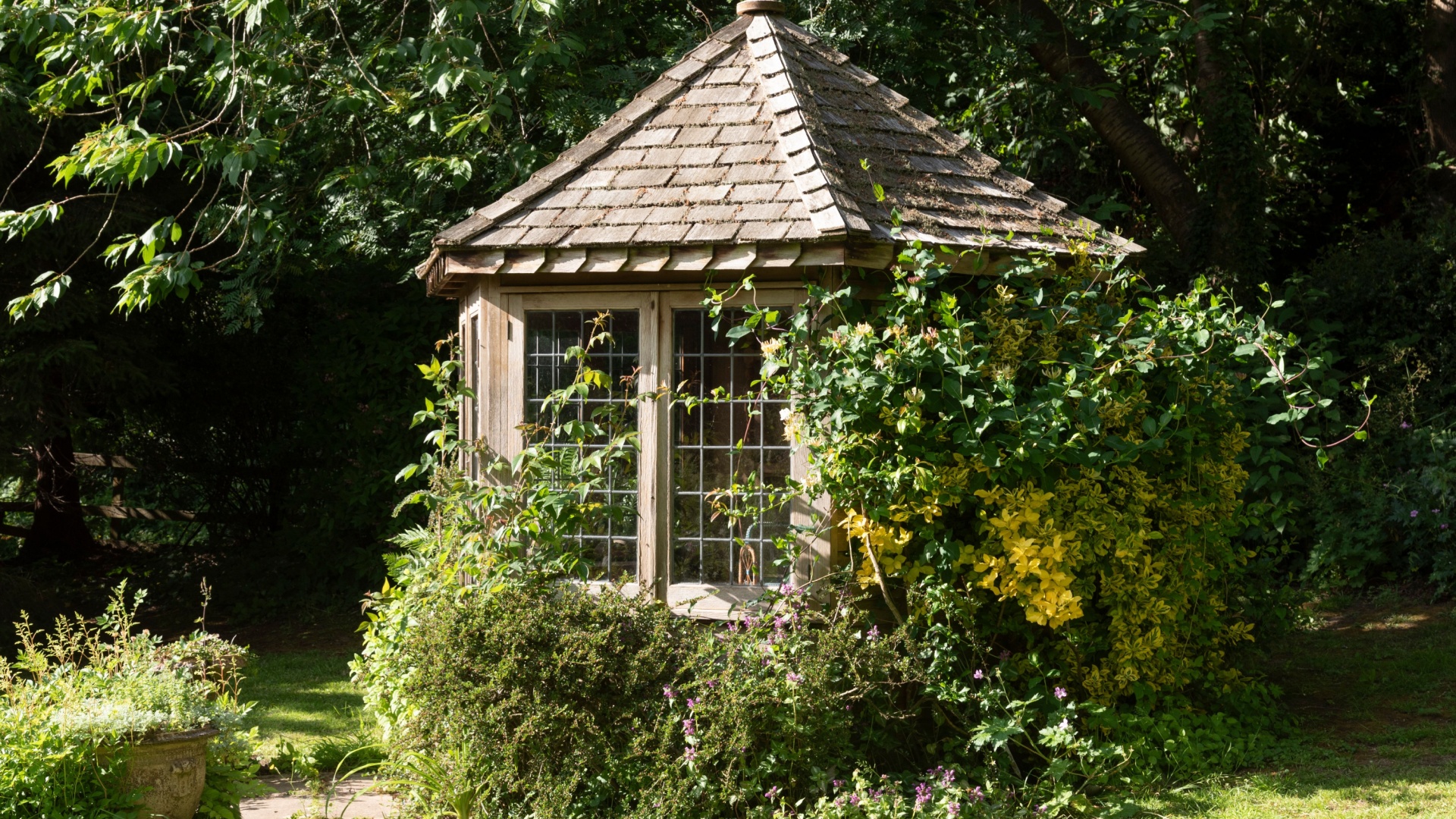
Ever wished your outdoor space felt less like a yard and more like a gentle, overflowing embrace? Forget stiff, formal rows and manicured monotony. Instead, picture a delightful sprawl where roses ramble freely, pathways invite leisurely strolls to secret nooks, and every bloom seems to lean in for a friendly chat.
Sound like a dream reserved for stately manors across the pond? Think again!
1. Plant Fragrant Roses And Climbing Vines

Nothing says “English garden” quite like roses climbing over an archway or along a fence. Choose old-fashioned varieties with rich scents that will perfume the air on summer evenings.
David Austin roses are particularly prized for their classic English look and heavenly fragrance. Add climbing plants like wisteria, clematis, or honeysuckle to create vertical interest.
These beauties will transform plain walls and fences into living tapestries of color and scent. Remember to install sturdy supports before plants get too big.
2. Create Winding Pathways
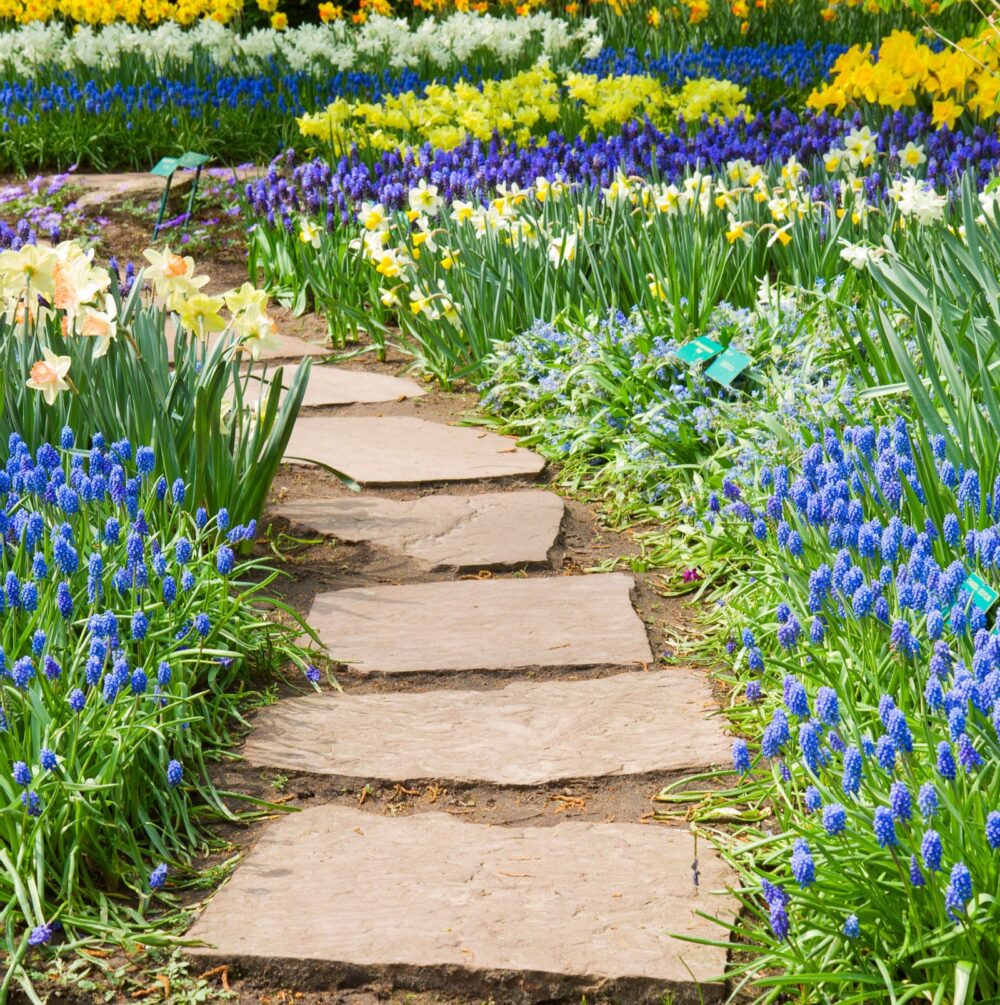
Meandering paths are the secret to making even small gardens feel like an adventure. Use materials that feel timeworn and natural – think flagstone, gravel, or brick laid in interesting patterns.
Avoid perfectly straight lines; gentle curves create mystery and invite exploration. Edge your paths with lavender, catmint, or other low-growing plants that spill slightly onto the walkway.
This softens the borders and creates that slightly untamed English look. For an authentic touch, plant thyme or chamomile between stepping stones.
3. Add A Charming Garden Bench
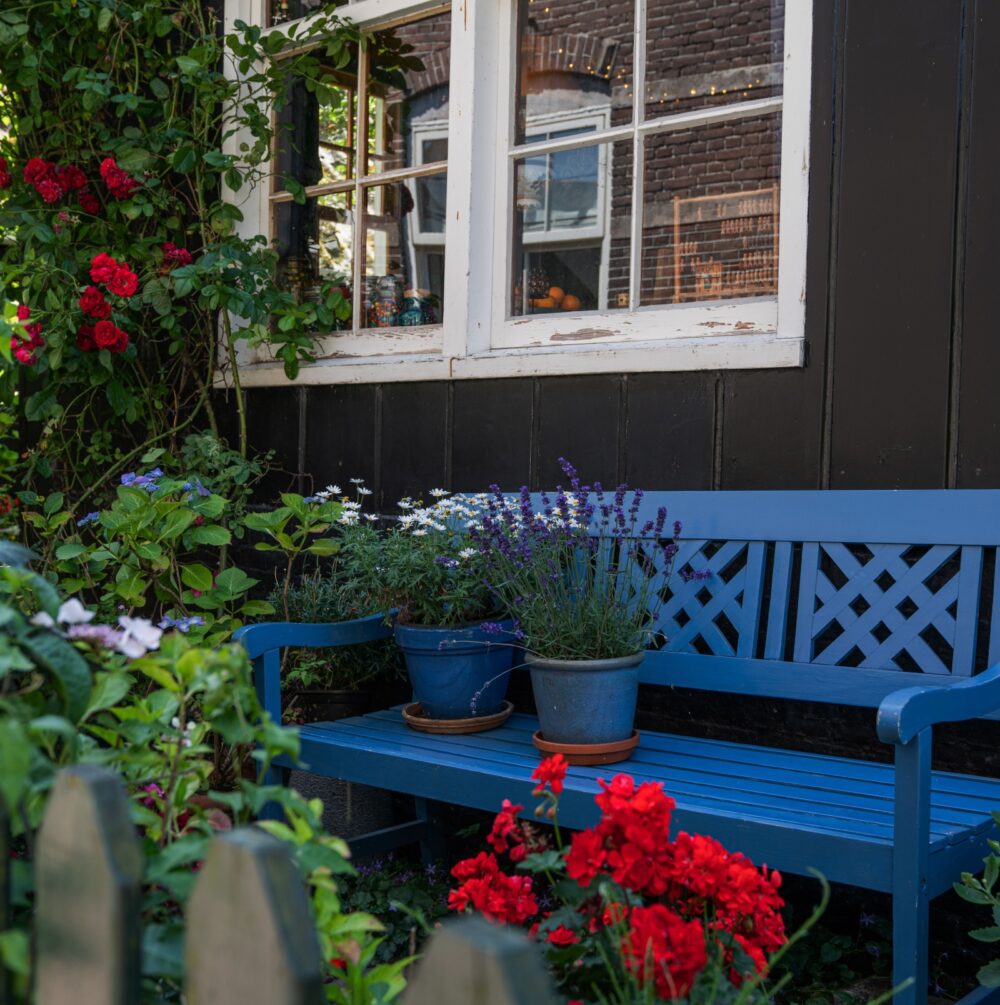
A weathered wooden bench tucked into a flower-framed nook creates an irresistible invitation to pause and enjoy your garden. Position seating where you can enjoy a special view or catch the scent of nearby flowers.
Wrought iron benches offer classic English style, while wooden ones develop character as they age. Create a destination by placing your bench at the end of a path or under the dappled shade of a small tree.
For extra charm, train climbing roses or clematis nearby to form a natural canopy. Add a small side table for your tea cup – English gardens are meant to be experienced up close.
4. Embrace Romantic Garden Structures
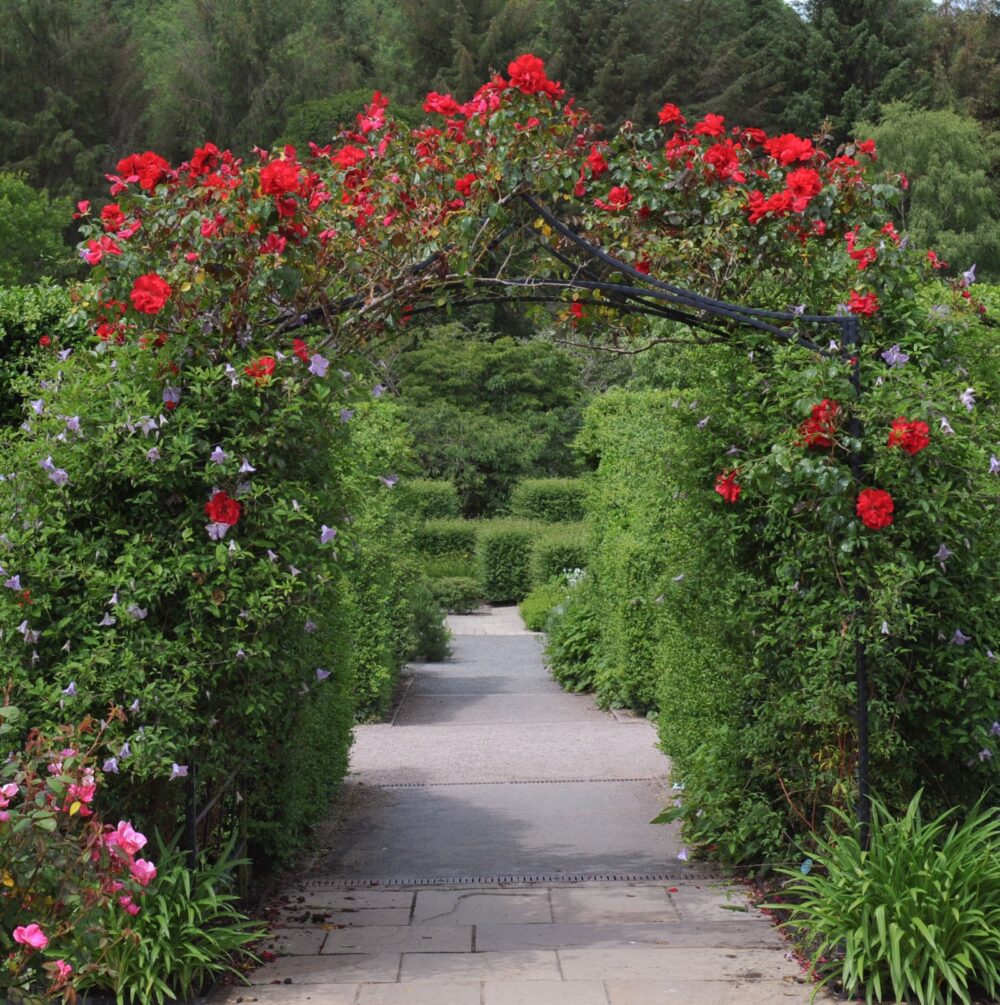
Garden structures provide both function and focal points in traditional English gardens. An arbor draped with climbing roses creates a magical entrance, while a simple trellis can transform a blank wall into a vertical garden.
Even small spaces can accommodate a slender obelisk for climbing plants. For larger gardens, consider a charming gazebo where you can enjoy your morning coffee surrounded by flowers.
Wooden structures weather beautifully over time, developing the patina that gives English gardens their timeless quality. Paint them in soft heritage colors like sage green or cream.
5. Include a Water Feature
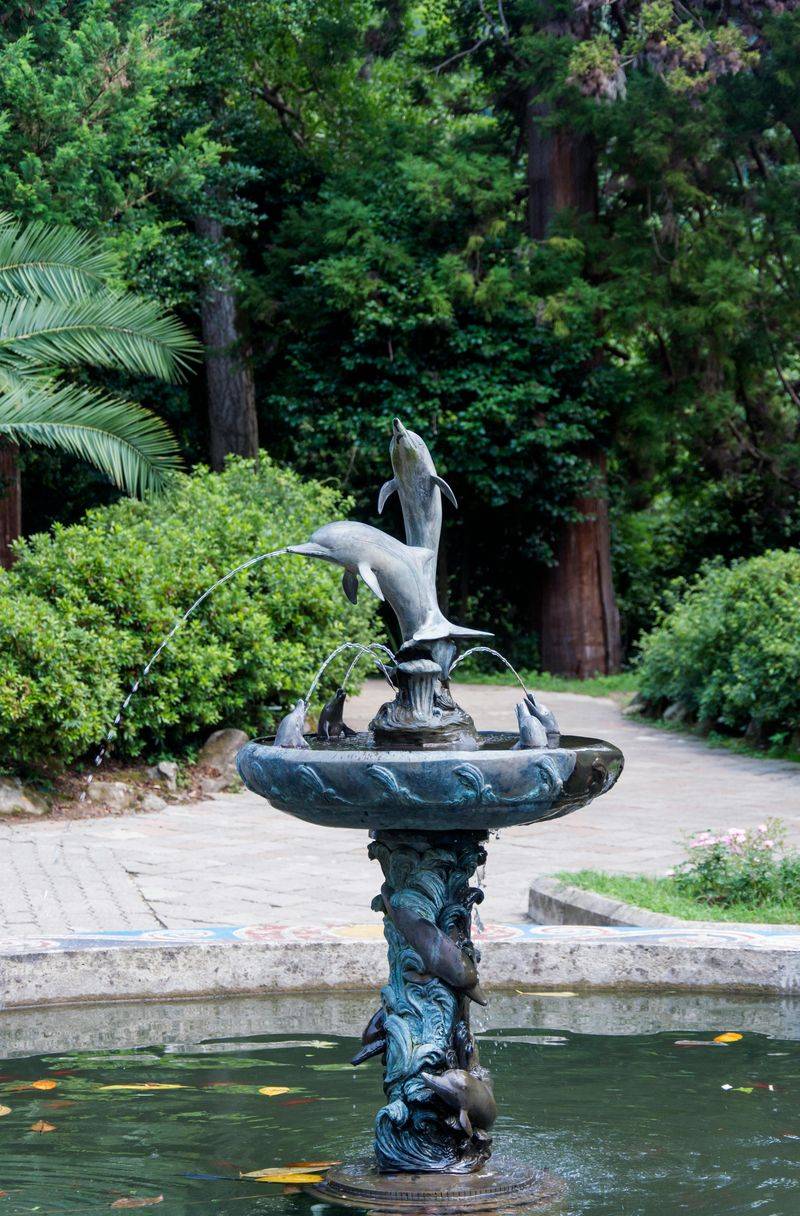
Water brings a garden to life with movement, sound, and reflections. Even small spaces can accommodate a birdbath or compact fountain.
The gentle sound of water creates a peaceful atmosphere and attracts songbirds that add their own music to your garden. For larger spaces, consider a small pond edged with moisture-loving plants.
Traditional English gardens often feature simple round pools with a central fountain. Position water features where they’ll reflect the sky or nearby flowers for double the visual impact.
6. Create Garden Rooms With Hedges
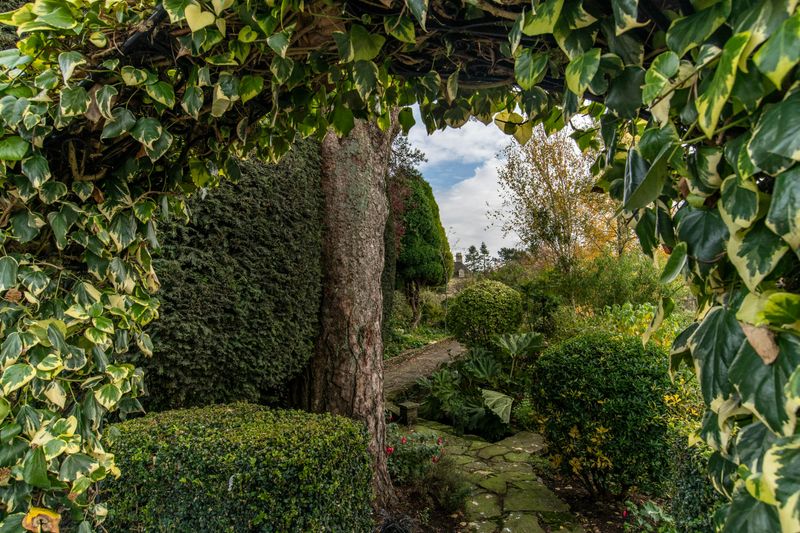
English gardens often use hedges to create a series of “rooms,” each with its own character. Low boxwood hedges can outline flower beds in formal patterns.
This approach works even in modest-sized yards by using scale-appropriate plants. Each garden room can have a different theme – perhaps a cutting garden in one, a peaceful seating area in another.
Openings between these rooms create a sense of discovery as you move through the space. For quick results, consider installing pre-grown hedging plants.
7. Incorporate Vintage Garden Ornaments
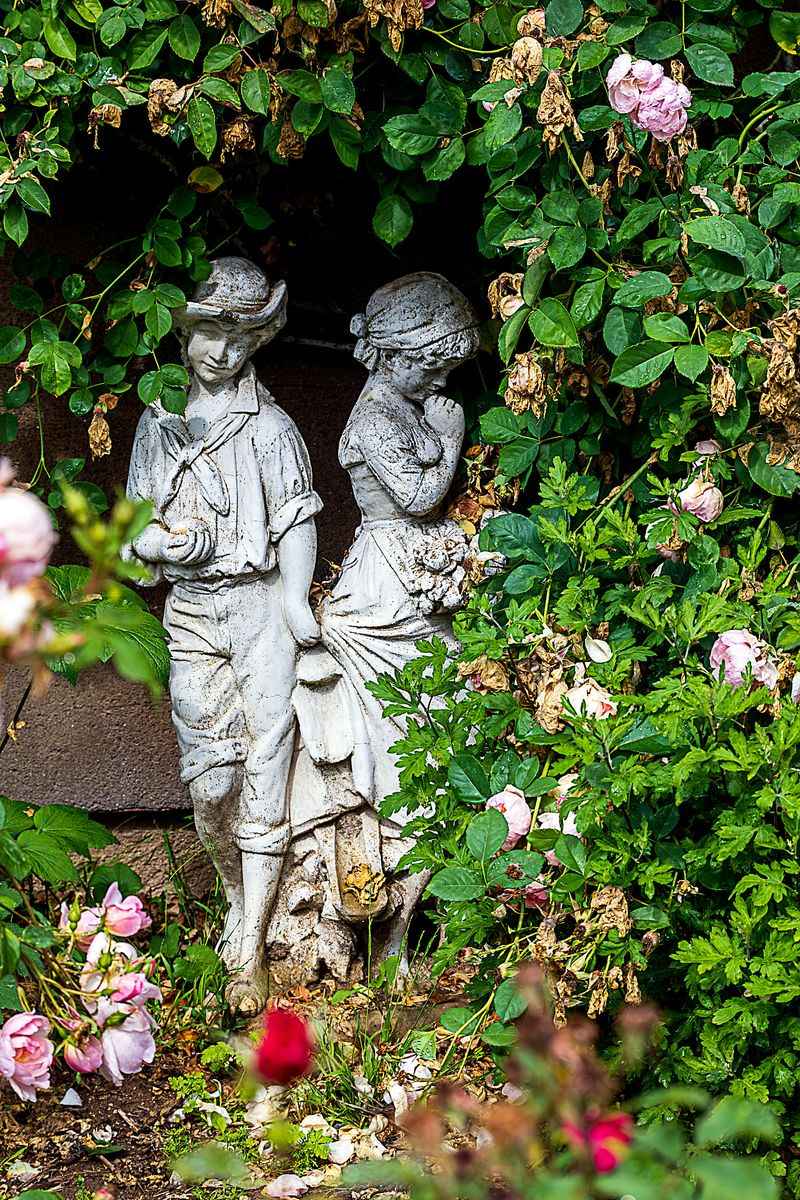
Thoughtfully placed ornaments add personality and focal points to an English garden. Look for weathered stone birdbaths, sundials, or simple statuary that appears to have been in place for generations.
Authentic pieces can be expensive, but convincing reproductions are widely available. Place ornaments where they’ll be discovered rather than dominating the view.
Avoid plastic items or anything too brightly colored. For budget-friendly options, consider repurposing vintage items like old watering cans or wooden ladders.



